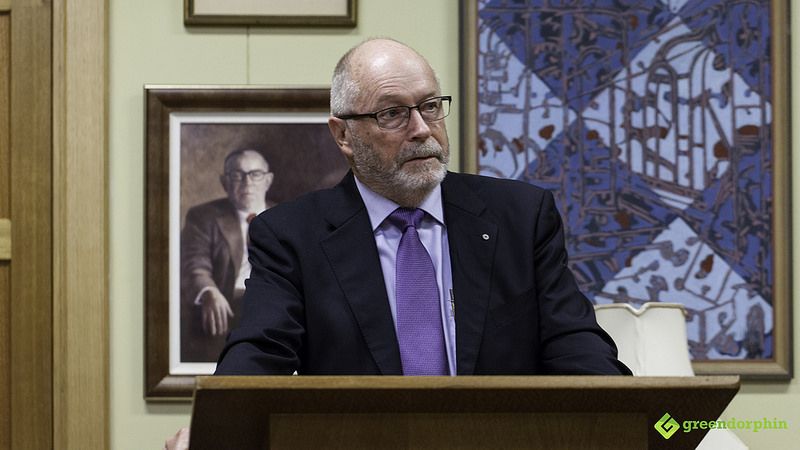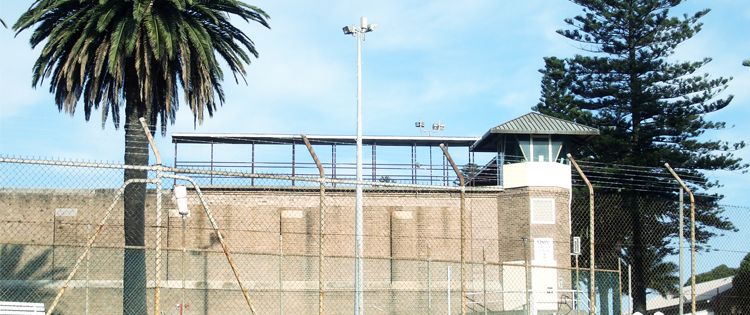Spending a whopping US$ 105,500 per prisoner per year, unfortunately, does not mean that Australia does a better job at rehabilitating offending citizens or to decrease incarnation rates.
A recent report by the Institute of Public Affairs has found that Australian prisons are the 4th most expensive among the 29 nations in the Organisation for Economic Cooperation and Development (OECD).
Despite the big bucks spent on prisoners every year, 44.6% of prisoners returned to prison within 2 years. The ABC quoted the author of the study, Andrew Bushnell saying that Australia’s $4 billion prison system had created a “class of persistent criminals” due to its inability to reform inmates.
The report notes the “remarkable rise” in the Australian incarnation levels with prisoner numbers growing by 39% in the last decade.
“The incarceration rate per 100,000 Australians is now at its highest since Federation.”
Former Director General of Queensland Corrective Services Commission, Keith Hamburger also noted the remarkable increase in prisoner numbers in the state of Queensland in a recent speech he made on Australia’s failed drug policy.

“In the period from 2006 to 2016, in that 10 years, our prison population went up by 90% and that’s all this getting tough on crime and locking people up.” The US lead war on drugs has been a huge contributor to the issues that the Australian justice system is facing at the moment.
Due to the war on drugs, Australia still locks up a lot of people that should not be in jail.
“When you look at the people that come to prison, you can probably put them into 2 broad groups. There are those that are very serious offenders and really need to be in jail and quite dangerous people, but they are not the majority of the people in jail, they are probably about a third of the prisoners. The great majority of prisoners come to prisons for the period of less than 6 months, some only come for a few weeks at the time… many of those have carried out drug related crimes, whether they committed crimes under the influence of drugs or they need money to buy drugs… or simple possession of drugs and they find themselves in jail… 75% of people (in jail) has some sort of substance abuse issue and basically within the jail we haven’t got proper drug rehabilitation programs, and the ones we got aren’t really linked to what happens once they get back out again.”
Mr Hamburger has led a successful reform of the Queensland prison system, achieving the most cost effective corrective system in Australia. Mr Hamburger points the spotlight on overcapacity as a big part of the problem.
“Prisons these days are… about a 1000 – 1500 beds, they are massive places and one of those cells costs just under a million dollar to build so if you build a 1000 bed prison, it is very close to a billion dollars to do that.
… in Queensland at the moment we are about 2000 bed short, the women’s prison is at about 165% capacity and all across Queensland, our prisons are overcrowded. So 2000 beds, about 2 billion bucks to build enough beds to change all that.”
What the report does not talk about is the fact that, just like in the United States, where it is 4 times more likely to go to jail for drug possession if you are black, Australia also has an issue with its aboriginal population being overrepresented in prisons. For example in the state of Queensland, Aboriginal and Torres Strait Islander communities make up 34% of the prison population, while they are only 3% of the entire population.

“We made a focus, my colleagues and I in Queensland – of looking at the issue of Aboriginal over-representation in jail and the fact that it’s driven by social and economic dysfunction in the communities that many of these people come from. It is also driven and maintained by the fact that Aboriginal people are disempowered from dealing with the problem.
What we proposed to the Queensland government, and it is under active consideration at the moment, is a model where we are building healing and rehabilitation centres instead of correctional centres and we put those centres on traditional land across Queensland.
…if a person comes before the courts in central or western Queensland and they attract a prison sentence for whatever they’ve done, the offender would be given the opportunity instead of going to prison, to go to one of these healing and rehabilitation centres where they would be required to reside under a probation order and they’ll go through a detoxification program if that’s needed. They’ll go through a cultural healing program, and then there is a range of other programs we have related to employment, education and so forth that are built into this model. We see these centres only having between 12 and 24 people so we can actually work intensively with individuals. And then when they leave that, instead of having a traditional probation parole office service, we gonna have a group of mentors that will work with the family and the offender. We’ll have an employment agency engaged and we’re looking at trying to get these people stabilised. The beauty of this is that these centres will be owned and operated by Aboriginal people and will be staffed by Aboriginal people, so it will create employment for the start out in those areas, but the big thing is it empowers the Aboriginal people to deal with the problems of their own people.”
You can watch Keith Hamburgers entire speech at the Australia’s Failed Drug Policy event in Brisbane, Australia:
The war on drugs can be also largely attributed to the fact that Australia spends $427 per person per year on police services, the 9th highest among OECD nations, while it ranks in the bottom third in pools asking citizens if they feel safe walking in their neighbourhood at night. In the most recent pool Australia ranked 24th in terms of feeling safe and never ranked higher than 20th, so despite spending so much money on corrective services, a lot of the resources seem to be wasted on the failed war on drugs.
Share your views in the comments below.
- How to Use Waxmaid Honey Pen? - April 9, 2024
- How To Choose The Best Electric Dab Rig For Christmas - December 7, 2023
- Maintenance Matters: Keeping Your Glass Water Bong in Pristine Condition - October 9, 2023


